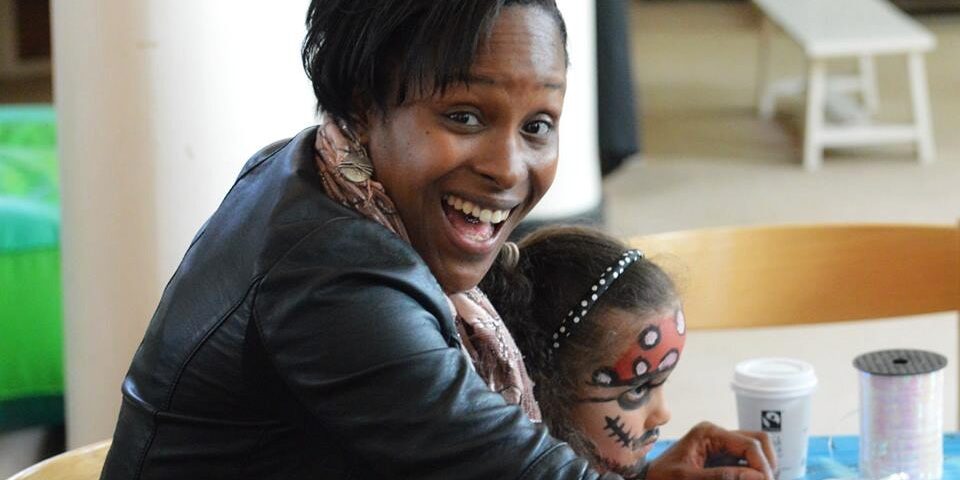‘It has been said that the real freedom is about setting others free.’
Brené Brown
Take a moment to think of one person who has walked alongside you in life. Who would you call and talk to for advice? If you had a scary experience at work, who would you go to?
Now put yourself in the shoes of a child. You are surrounded by so many adults: parents, teachers, doctors, strangers. Life is filled with activities to do, expectations to reach, rules to obey, people to make happy. Then something happens that makes life tricky and confusing, but no less chaotic. How would you cope with the new, while still keeping up with day-to-day life?
Life as a children’s worker is often filled with church services, community events and rooms full of children. These are important and exciting parts of our role, but a while ago I started to wonder what else I could be doing. I recognised the need in me for more intentional connection with individual children and their support network.
One-to-one mentoring has been on my heart for many years. By ‘mentoring’ I mean the carving out of regular time with a child so that they can talk and process life. I want them to have at least one person who they can rely on to be there, to listen and to help.
In local schools, I meet up weekly with children who have been identified by staff as needing help. My aim is not to tell them what to do but provide them with strategies so that they can help themselves with anger, depression, grief or low self-esteem. I want to give hope to children through the truths that God gives us.
I will often start by asking a child which ‘face’ they are: smiley, sad or just ‘OK’. This starts a discussion on why they’re feeling like that today.
A lot of drawing and play happens after this, depending on the children’s needs. Children with difficulty controlling their feelings need help looking at what triggers their anger as well as finding outlets to release their feelings. I use the picture of an iceberg to help children identify what people see (the top of the iceberg) in contrast to how they actually feel (the bottom of the iceberg).
This helps children understand that what people see might not be what is going on underneath. Drawing family portraits aids discussion around relationships with limited pressure.
An activity called ‘Junk vs Cool Thoughts’ enables me to speak truth into the life of a child. They list things they think about themselves and replace the ‘junk thoughts’ with ‘cool thoughts’. With children from church, I am able to include talking and listening to God within the session too, alongside looking in the Bible for truth.
The challenging part of this for me was that I had to invest, not just physically with time, but also emotionally – there had to be real sacrifice. God changed my mindset from the importance of numbers of bodies in a room to the number of transformed children and their families.
You may be reading this thinking that you haven’t got the time nor inclination to start one-to-one mentoring where you are, but my challenge to us all is not to add more things to our to-do list; my challenge is to look out for those individuals, those families for whom you can provide space for them to share. Start a messy, vulnerable, God-fuelled relationship with a family you know. Take a child out for a hot chocolate once a month, nip round to a family’s home for a coffee, invite a family out to the park with you and your family. Let’s start setting people free!
This was written by Jessica Rodewald, formerly of the Youth and Children’s Ministry Team.
